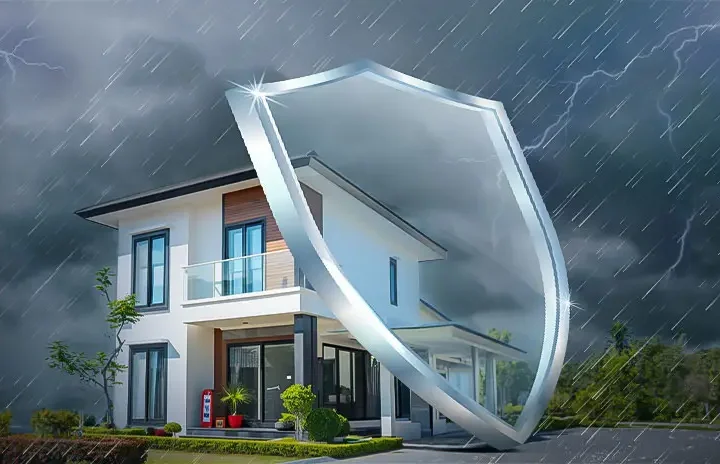Typically, most roofs last only about thirty years. But, as you know, the actual life of a roof also depends on several factors, including the kind of roofing materials used and the weather. Some of these factors are not known to a lot of people. This is why it’s important for you to do some research to learn more about the different types of weather resistance that exists in roofs.
Most roofs are made with asphalt shingles. However, there are some roofs that contain a mixture of tar and asphalt. Both of these are pretty effective against water intrusion and other forms of moisture, such as snow. However, there are also some roofs which have been made with tile or clay, which are very effective against rain and snow. In fact, these roofs last longer than their asphalt-based counterparts.
Aside from rain and snow, wind is another natural element that could affect the life of a roof. And, this is one of the factors that can greatly impact the lifespan of a roof. When a strong wind blows against a roof, it can cause damage to the tiles, which is called “chipping”. It can also damage the shingles and other parts of the roof, causing them to deteriorate at a faster rate. If there are any shingles which have been damaged during the shipping process, they will need to be replaced. So, while a new roof might be a good idea for all types of weather, it would be better if you were able to save as much money as you can on the original roof.
Asphalt shingles are also the preferred roofing materials among home owners due to their affordability and ease of installation. However, the downside to using asphalt is that it is not as water-resistant as tile or clay. If your current roof is made from tile or clay, it is best to replace it, instead of replacing your entire roof. Even if it is made out of asphalt, it would still be wise to replace your old roof with a newer roof, because it is more effective than the older roof when it comes to resisting water and moisture.
Another factor that can affect the lifespan of a roof is the way it is designed. If it is not built properly, it could suffer from leaks and cracks. This can lead to a lot of problems and even damage, such as water damage and leaking pipes. If you want your roof to be leak-proof, it would be best to consult a roof contractor.
It would also be good to take into account the climate in the area where your roof is located. For example, if it is in an area where it is expected to experience rain more frequently, it would be wise to replace your existing roof with a roof made out of something that is more water-resistant. If it is in an area which is not prone to rain, such as an area of the country which receives minimal rainfall, a roof made out of tar would be best.












More Stories
Waterproofing Your Roof is an Investment in the Longevity of Your Home
Roofing Innovations – What’s New in 2024
What Are The Types of Roofing